Shopping Cart
0 item(s) - R0.00-
- - Amplifier Module
- - Arduino Compatible - Development Platform
- - Arduino Compatible Modules & Shields
- - Breakout Boards
- - Cables / Hookup wires
- - Displays
- - Enclosures
- - Magnets
- - Motors & Gears
- - Nuts & Bolts
- - Peltier Cooler Heater
- - PIR
- - Sensors
- - Servo's & Motors
- - Solar
- - Stand Alone Modules
- - Stepper Motor & Drivers
- - USB Programmers & Converters
- - Voltage Regulator & Chargers
- - RC Hobby Parts
-
- - AC DC Cooling Fans
- - Cable Ties
- - Day/Night Switches
- - Electrical Plugs & Connectors
- - Gate Remotes & Receivers (Universal)
- - Heat Shrink Sleeves
- - Insulation Tape
- - Lighting & Globes
- - Mains Power Cables
- - Power Supplies & AC/DC Adaptors
- - Security Lights LED Type
- - Solar Charge Controllers
- - Surge Protectors
- - Timers
-
- - Battery Holders
- - Breadboard
- - Bridge Rectifier
- - Buzzers
- - Capacitors
- - Crystals
- - Diodes
- - Electromechanical
- - Fuses
- - Headers
- - Heat Sinks
- - IC Sockets HQ
- - IC Sockets TIN
- - IC's --> Semiconductor
- - Inductors
- - Laser Units (CD Players)
- - Microcontrollers & CPU's
- - Opto Electronics
- - Panel Meters And Displays
- - Passive Components
- - Pilot Lamps & Fittings
- - Plugs & Sockets
- - Resistors
- - Rotary Potentiometer
- - Semiconductors
- - Sensors
- - Switches
- - Transformers
- - TVS Diodes
- - Veroboard / Stripboard
- - Voltage Regulators
- - Zener Diode
Voltage Regulator & Chargers
Voltage regulator module (VRM), sometimes called processor power module (PPM), is a buck converter that provides a microprocessor the appropriate supply voltage, converting +5 V or +12 V to a much lower voltage required by the CPU, allowing processors with different supply voltage to be mounted on the same motherboard.
The correct supply voltage is communicated by the microprocessor to the VRM at startup via a number of bits called VID (voltage identification). In particular, the VRM initially provides a standard supply voltage to the VID logic, which is the part of the processor whose only aim is to then send the VID to the VRM. When the VRM has received the VID identifying the required supply voltage, it starts acting as a voltage regulator, providing the required constant voltage supply to the processor.
Ex Vat: R139.13
Ex Vat: R34.78
Ex Vat: R35.00
Ex Vat: R13.04
Ex Vat: R34.70
Ex Vat: R43.39
Ex Vat: R26.23
Ex Vat: R60.87
Ex Vat: R26.09
Ex Vat: R112.17
Ex Vat: R52.09
Ex Vat: R346.96
Ex Vat: R30.43
Ex Vat: R52.17
Ex Vat: R11.74
Ex Vat: R52.17
Ex Vat: R73.91
Ex Vat: R9.90



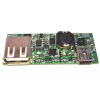
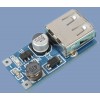

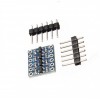
-100x100.jpg)
-100x100.jpg)


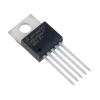
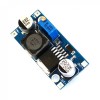
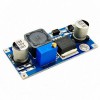


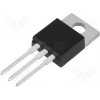
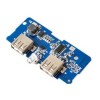
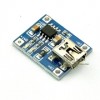
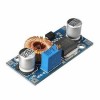






-80x80.jpg)















